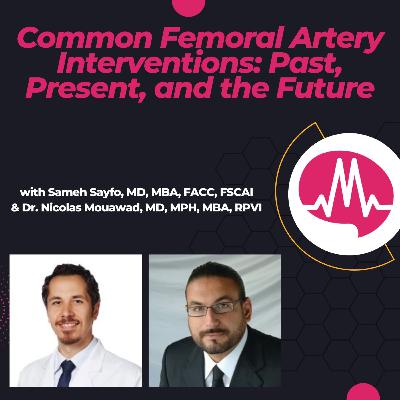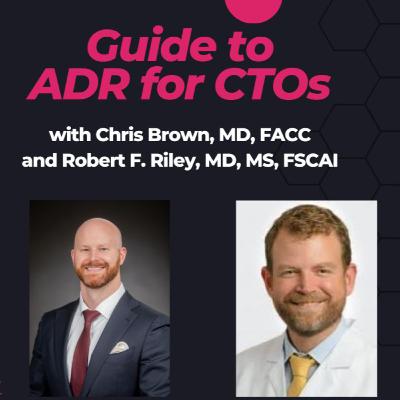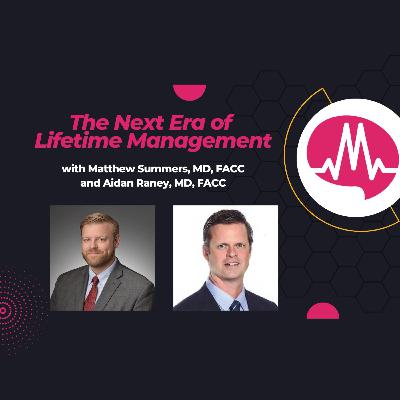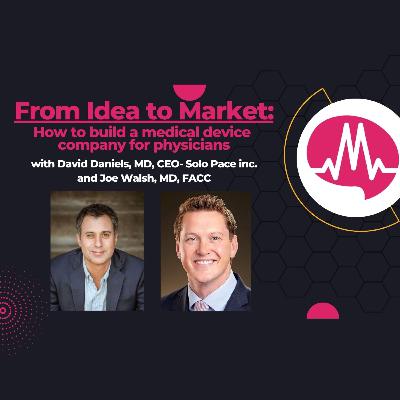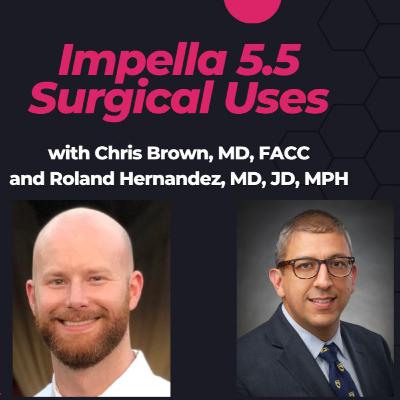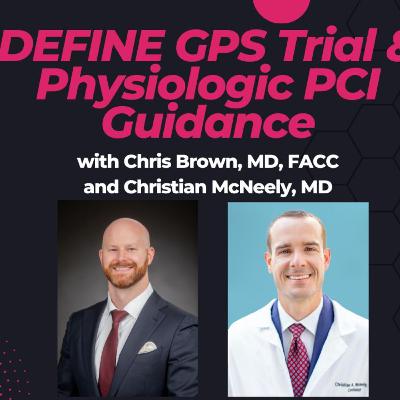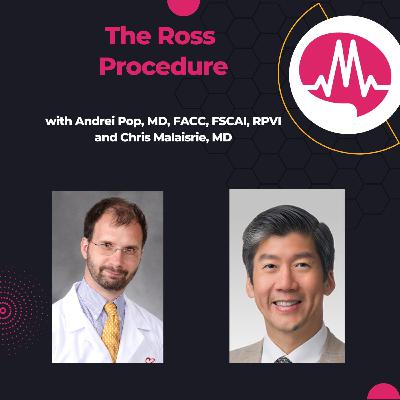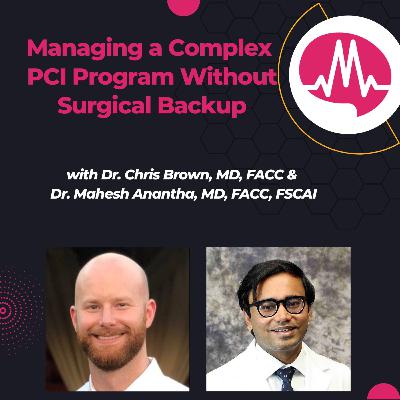TAVR-in-TAVR Gradients Explained: Flow, Expansion & Patient Outcomes with Dr. Amr Abbas and Dr. Andrei Pop
Description
What really drives gradients after TAVR-in-TAVR—and do they actually matter?
In this conversation, Dr. Amr Abbas and Dr. Andrei Pop break down the nuances behind gradient measurements, patient-prosthesis mismatch (PPM), and valve expansion strategy in redo TAVR.
Key takeaways include:
Why echo gradients differ from invasive gradients even under identical hemodynamics
Understanding discordance between flow and pressure in post-TAVR assessment
Why PPM is less concerning in normal-flow patients than previously believed
How flow state—not gradient—drives outcomes after TAVR or SAVR
The role of predicted vs measured PPM and valve-specific flow patterns
Insights on undersizing vs overexpansion and how to optimize redo TAVR results
Why well-expanded valves may outperform “bigger” but underexpanded ones
How lifetime management means moving past numbers to patient-centered outcomes
This is a must-watch for interventional cardiologists and structural heart teams focused on redo TAVR planning, flow hemodynamics, and lifetime valve strategies.
00:00 – Introduction: TAVR-in-TAVR and gradient anxiety
01:10 – Invasive vs echo gradients: why they don’t match
03:00 – Discordance and measurement error in post-TAVR gradients
04:25 – Understanding pre-discharge echo gradient increases
05:15 – When gradients are “nuisance” findings vs real issues
06:00 – PPM redefined: what echo really measures
07:30 – Flow-derived valve area and its pitfalls
09:00 – Flow vs gradient: the real driver of outcomes
10:00 – Lessons from the PARTNER and TVT data
12:30 – Predicted vs measured PPM in clinical context
14:00 – The role of ejection fraction and low-flow states
16:00 – Flow patterns: laminar vs turbulent impact on velocity
18:00 – Valve sizing: smaller expanded vs larger underexpanded
20:00 – Expansion optimization and stent analogy
22:00 – Valve labeling, true ID, and expansion limits
24:30 – Historical shift: from “biggest valve possible” to “best expansion possible”
26:30 – Oversizing risks, skirts, and modern generation valves
28:00 – The balance between PVL, pacemaker risk, and expansion
30:00 – Lifetime management: beyond numbers to patient outcomes
31:00 – Closing thoughts & takeaways
#TAVR #ValveInValve #TAVinTAV #InterventionalCardiology #StructuralHeart #Echocardiography #AorticValve #PPM #Hemodynamics #MurmurMD




